When you think of food poisoning, you might have flashbacks to when you had horrible gastrointestinal upset because you ate some spoiled food. Did you know, though, that food poisoning in pets looks much different? Sure, pets can get sick from eating contaminated food, but what happens when they eat something that their bodies cannot metabolize properly? This can lead to a much bigger problem—toxicosis. Our team at Best Friends Veterinary Care wants to make sure you know which foods are toxic to your pet so you can keep them as safe as possible.
What does it mean when a food is “toxic”?
According to Merriam-Webster, toxic can be defined as “containing or being poisonous material especially when capable of causing death or serious debilitation.” While plenty of things in our environment are “toxic” (i.e., antifreeze, household cleaners, and paint), food doesn’t usually come to mind. However, foods that are suitable—or even healthy—for us can be harmful to our pets if they aren’t able to metabolize them properly. The inability to metabolize food can lead to a buildup of harmful chemicals, causing a variety of symptoms or even organ system damage. Any pet can experience food toxicity, but cats are three times less likely to suffer toxic food exposures than dogs, likely because of their astute personalities and discriminating appetites.
What common foods are toxic to pets and what problems do they cause?
Many foods that we commonly eat are not so friendly to our furry friends. Here is a list of the top foods to avoid giving your pet and why:
- Chocolate and caffeine. These popular foods contain substances known as methylxanthines, which are easily digested and absorbed by people. For dogs, absorption is much slower, and that can lead to vomiting, diarrhea, excessive urination, hyperactivity, cardiovascular changes, tremors, and seizures. High enough doses of methylxanthines could even prove fatal. White chocolate contains the lowest levels of methylxanthines, while baking chocolate contains the highest levels. In general, the darker the chocolate, the more dangerous.
- Grapes, raisins, and currants. These healthy-for-people treats can lead to dangerous consequences in dogs. Research involving grape ingestion in pets is ongoing, and scientists are still searching for an exact cause for its toxicity. After grape ingestion, affected pets typically develop vomiting within the first 24 hours. If toxicosis occurs, kidney damage or even failure may follow, leading to depression, increased or decreased urination, and other changes. Curiously, grape ingestion does not appear to be dose-dependent like other foods, meaning even one grape could be detrimental to your pet’s health.
- Onions and garlic. While cats are most sensitive to the harmful effects of garlic, onions, and related foods, you shouldn’t offer them to any pet. Not only can these foods cause gastrointestinal upset, but they also can potentially destroy red blood cells and lead to anemia. Onions and garlic in any form (raw, cooked, powdered, or dehydrated) can be dangerous, and since these hide in all types of foods (dips, chips, seasoning packets, and the like), it’s best to avoid giving your furry friends samples from the table.
- Xylitol. This popular sugar substitute can be found in anything from sugarless gum, rice pudding, baked goods, peanut butter, and candies to toothpaste. Xylitol offers people a calorie-free way to sweeten their food, but it can lead to a severe drop in blood sugar levels and liver damage in pets who ingest it. Signs of xylitol toxicity may include lack of coordination, vomiting, or seizures. Just a small dose can cause liver failure in your pet within a few days.
Other potentially harmful foods include macadamia nuts, avocados, yeast dough, sweet and salty snacks, citrus fruits, coconut oil, and alcohol.
What should I do if my pet ingests a toxic food?
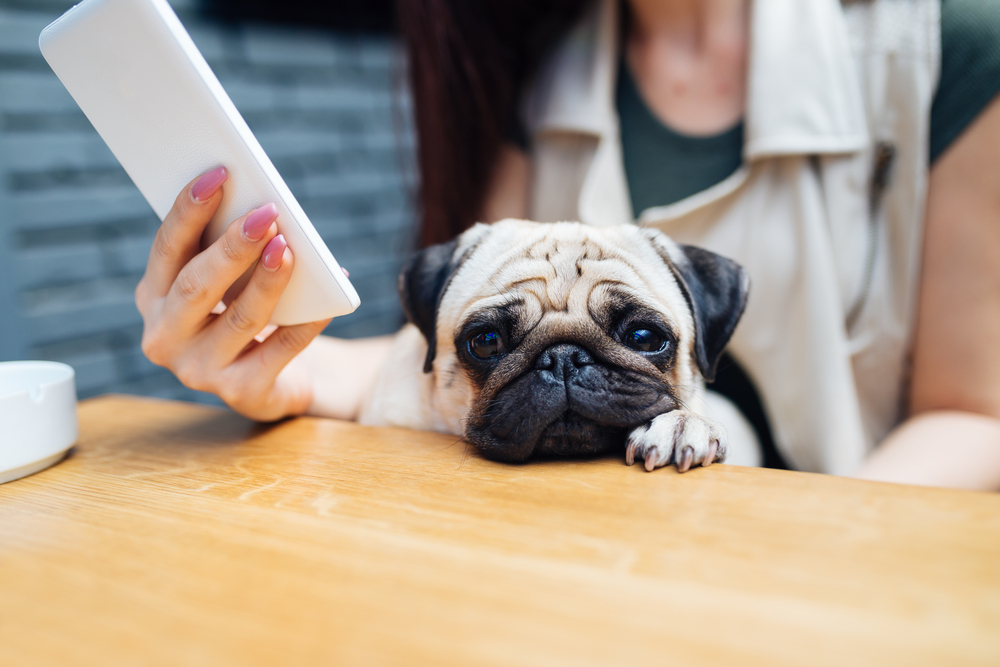
If you suspect your pet ate something they shouldn’t, contact Best Friends Veterinary Care, the Pet Poison Helpline at (855) 764-7661, or your nearest 24/7 veterinary emergency center as soon as possible for guidance. In most cases, it is helpful if you know the amount and type of food your pet ate, how long ago they ingested it, and if any symptoms are present. Depending on this information, you may be advised to bring your pet in for evaluation or to monitor them at home.
At Best Friends Veterinary Care, we want what’s best for your pet. That’s why, when it comes to food, it’s best to offer a healthy, pet-appropriate diet to your furry friends. If you have more questions regarding toxic foods, consult the Pet Poison Helpline website, or contact us.


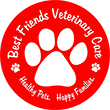
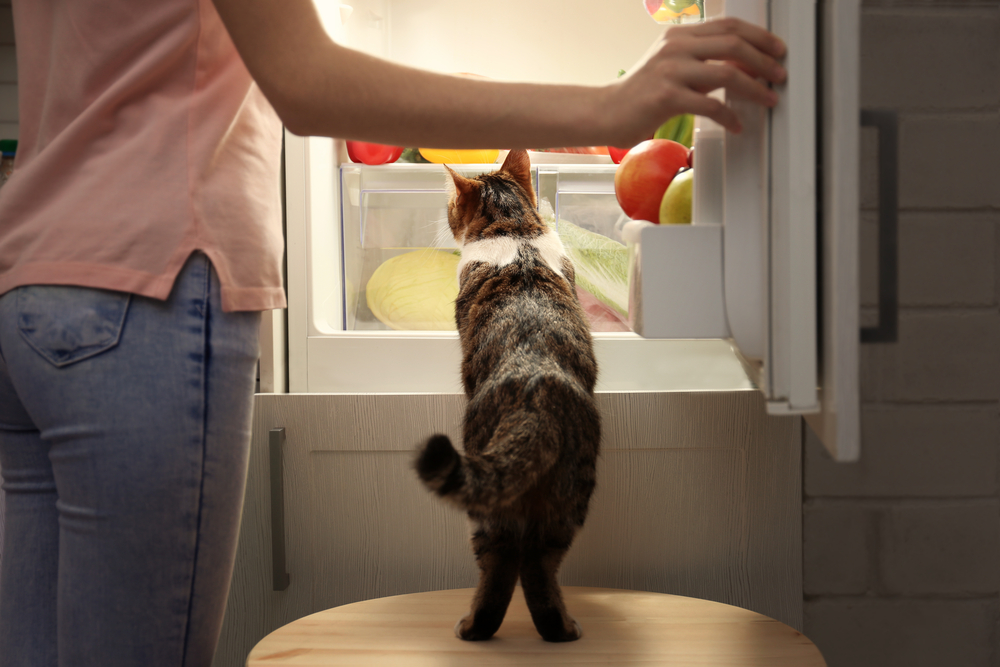
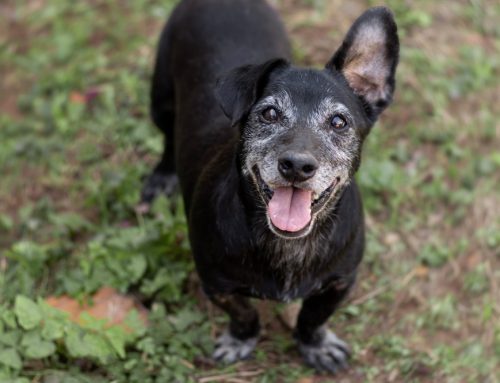
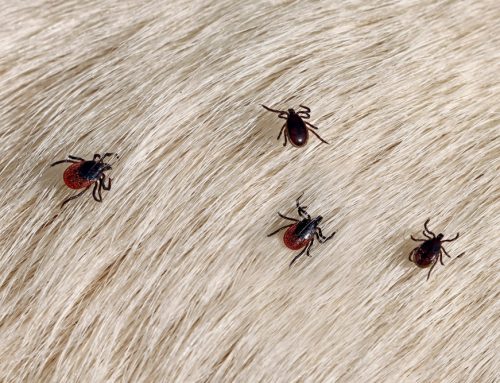
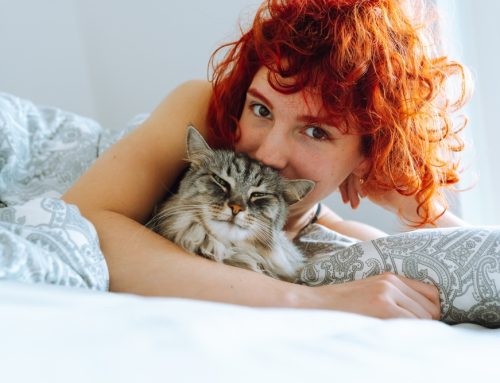

Leave A Comment